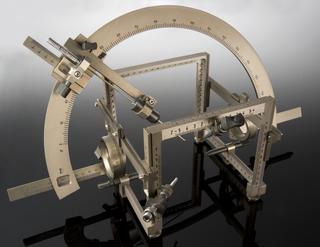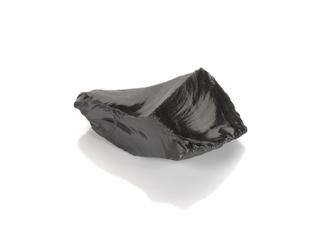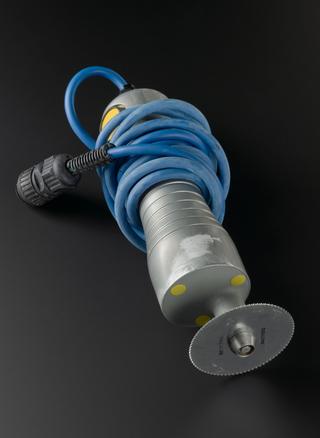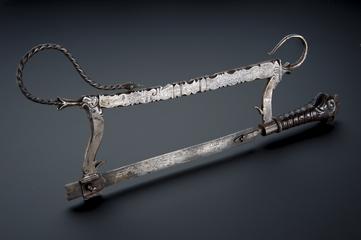
Set of four Liston-type amputation knives, London, England, 1860-1926
- maker:
- Krohne and Sesemann




4 amputation knives, Liston type , steel and ivory, by Krohne and Sesemann of London, 1860-1904. Liston type knives were straight pointed knives with one completely sharp edge and a short terminal second edge which acted as an interosseous knife.
Liston-type knives are long-bladed knives with one completely sharp edge and are used for various amputations. They are named after their designer, Robert Liston (1794-1847), the pioneering Scottish surgeon. These particular knives have textured handles to improve grip, although this was a feature that Liston described as unnecessary. Krohne & Sesemann were half brothers who set up a surgical instrument making business in London in 1860 and supplied many of the London hospitals.
Details
- Category:
- Surgery
- Collection:
- Sir Henry Wellcome's Museum Collection
- Object Number:
- A55293
- Materials:
- steel, ivory, case, leather, case, brass, case, velvet and case, silk
- Measurements:
-
Knife 3: 10 mm x 285 mm x 18 mm,
Knife 4: 10 mm x 230 mm x 18 mm,
Knife 2: 12 mm x 340 mm x 20 mm,
Knife 1: 12 mm x 400 mm x 21 mm,
overall (closed): 49 mm x 415 mm x 89 mm, .7 kg
overall (open): 113 mm x 415 mm x 175 mm, .7 kg
- type:
- amputation knife
- credit:
- Krohne and Sesemann



